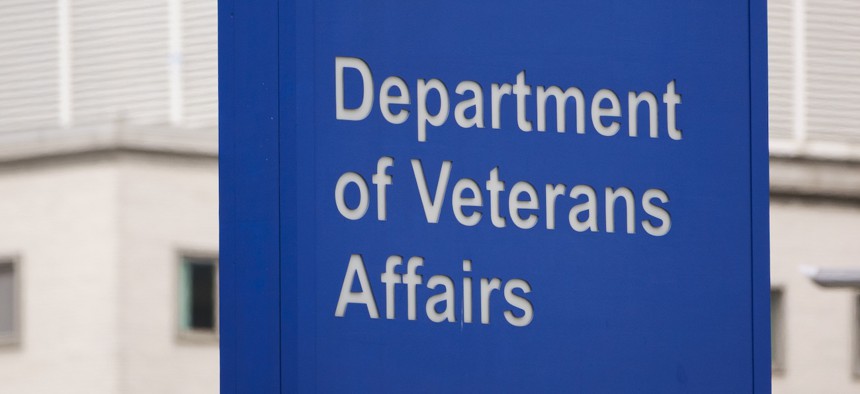VA Predicts Significant Staff Reduction by FY25
According to the Department of Veterans Affairs (VA), it is on track to significantly pare down its employee count by the close of Fiscal Year 2025 (FY25). This reduction will not require massive layoffs, as a combination of natural attrition and impending retirements are anticipated to contribute significantly to the workforce decrease. The latest prediction put forth by the VA is a substantial drop from previous projections, reflecting a decrease of almost 30,000 workers rather than an earlier stated aim.
Originally, the leadership at the VA had set their sights on a more aggressive employment reduction strategy. Earlier in the year, the VA communicated a desire to trim its employee roster by approximately 15%. In real numbers, this would have meant a loss of around 70,000 staff jobs. Despite this initial announcement, the VA has not fully disclosed the reasons for the dramatic change in their reduction forecast.
From the beginning of the year through the start of June, the VA has already realized significant staffing reductions. In fact, leaders disclosed that they have achieved more than half of their 30,000 personnel reduction target already. That breaks down to approximately 17,000 fewer workers in the first six months of the year alone.
VA administrators foresee multiple potential pathways for further workforce reduction. The remaining 13,000 employment cuts are anticipated to come from standard attrition, voluntary applications for early retirement and usage of their deferred resignation program. This strategy offers employees a range of options to exit the organization accordingly to their individual circumstances and preferences.
It is notable to mention that these planned staffing cuts will not encroach on what the VA considers ‘mission-critical positions.’ These key roles will remain protected to ensure the VA’s ability to effectively carry out its mandate. Thus, such strategic reductions aim to streamline the workforce without disrupting the critical functions the organization performs.
These effective workforce downsize strategies are engineered to boost the productivity of the VA. By scaling back staff numbers, the VA intends to minimize unnecessary bureaucratic overhead and waste, thereby achieving a leaner and more efficient operational model. This is in line with the government’s broader aim of creating efficiency in all its institutions.
Beyond productivity, there is a concerted focus on improving the quality of care and benefits administered to Veterans. This is key to the overarching vision of the VA. Streamlining staffing numbers aims to not only shrink the size of the workforce, but also direct more resources and attention towards the primary beneficiaries – the Veterans.
The VA has made it crystal clear that these transformations will not result in any cutbacks on health care services or benefits accorded to Veterans and VA beneficiaries. The emphasis is on optimizing processes and systems to deliver a more effective and efficient service, rather than a retrospective reduction in benefits.
As the end of September 2025 approaches, the VA is expected to employ around 454,000 staff members. This will represent a nearly 6% reduction in the organization’s workforce, reflecting the net impact of the planned attrition, retirements, and resignations.
The VA aims to strike the perfect balance between implementing the necessary changes and preserving the quality of service. By carefully managing this workforce reduction, it hopes to build a future-focused department that is robust, resilient and dynamic, and one that is streamlined to respond effectively to the needs of Veterans.
The overarching objective of these changes remains the necessity to serve Veterans in the most effective manner possible. Employee reduction is not just an exercise in numbers, but a strategic move towards creating a leaner workforce better able to focus on key result areas, thereby enhancing the overall quality of service.
In conclusion, while staff reduction plans may imply an organization is shrinking, the VA’s strategic workforce reduction presents a unique narrative. Here, the story is about optimizing, streamlining, and strategically building a more efficient and effective department that will continue to serve the needs of its beneficiaries.
Ultimately, the VA is evolving and transforming to better meet the needs of Veterans and their beneficiaries while ensuring that resources are utilized to the maximum extent. While the results of such plans will only be ascertainably clear by FY25, the intention to create an agile, streamlined department that efficiently meets the needs of Veterans is unequivocal.


